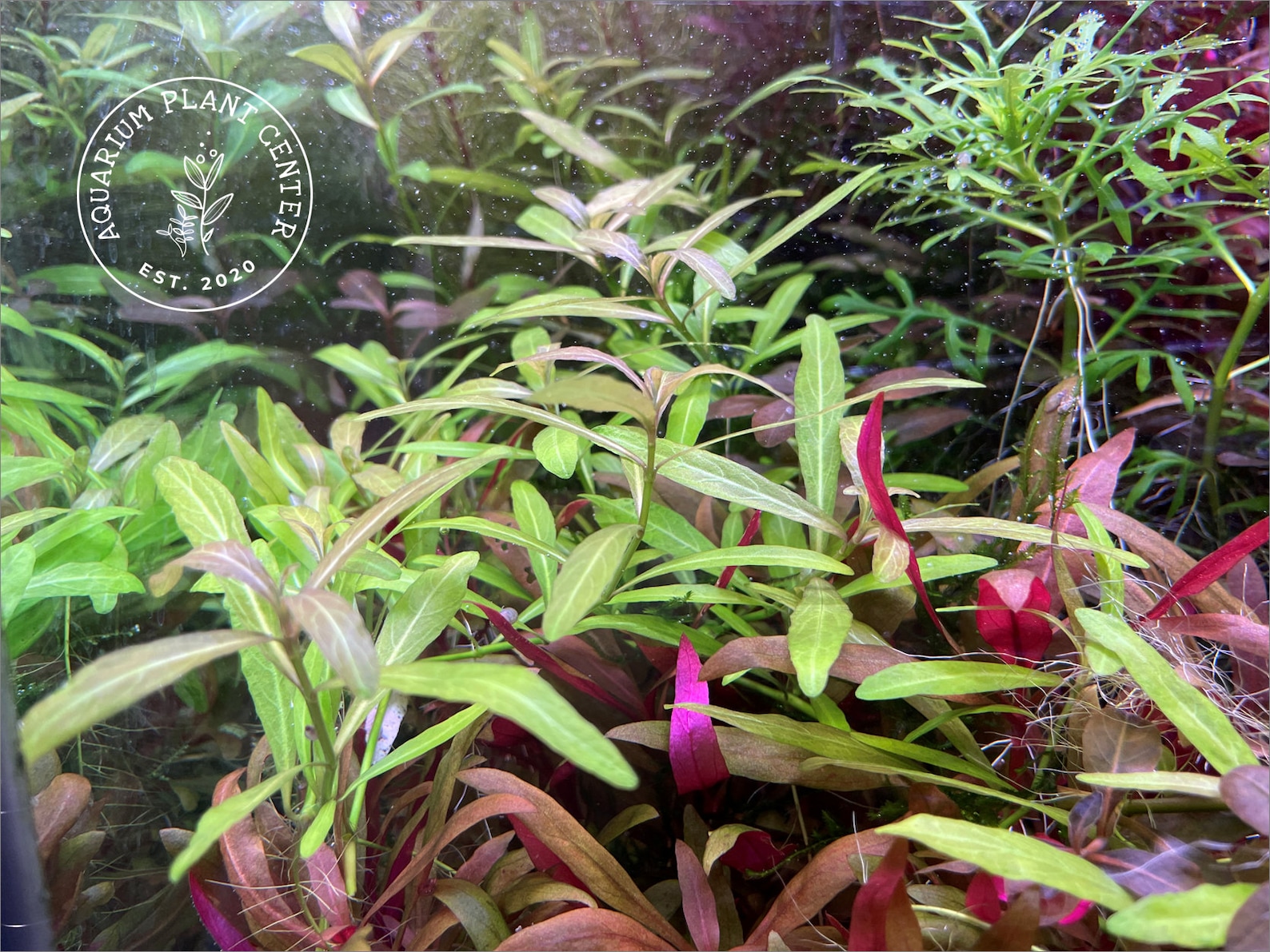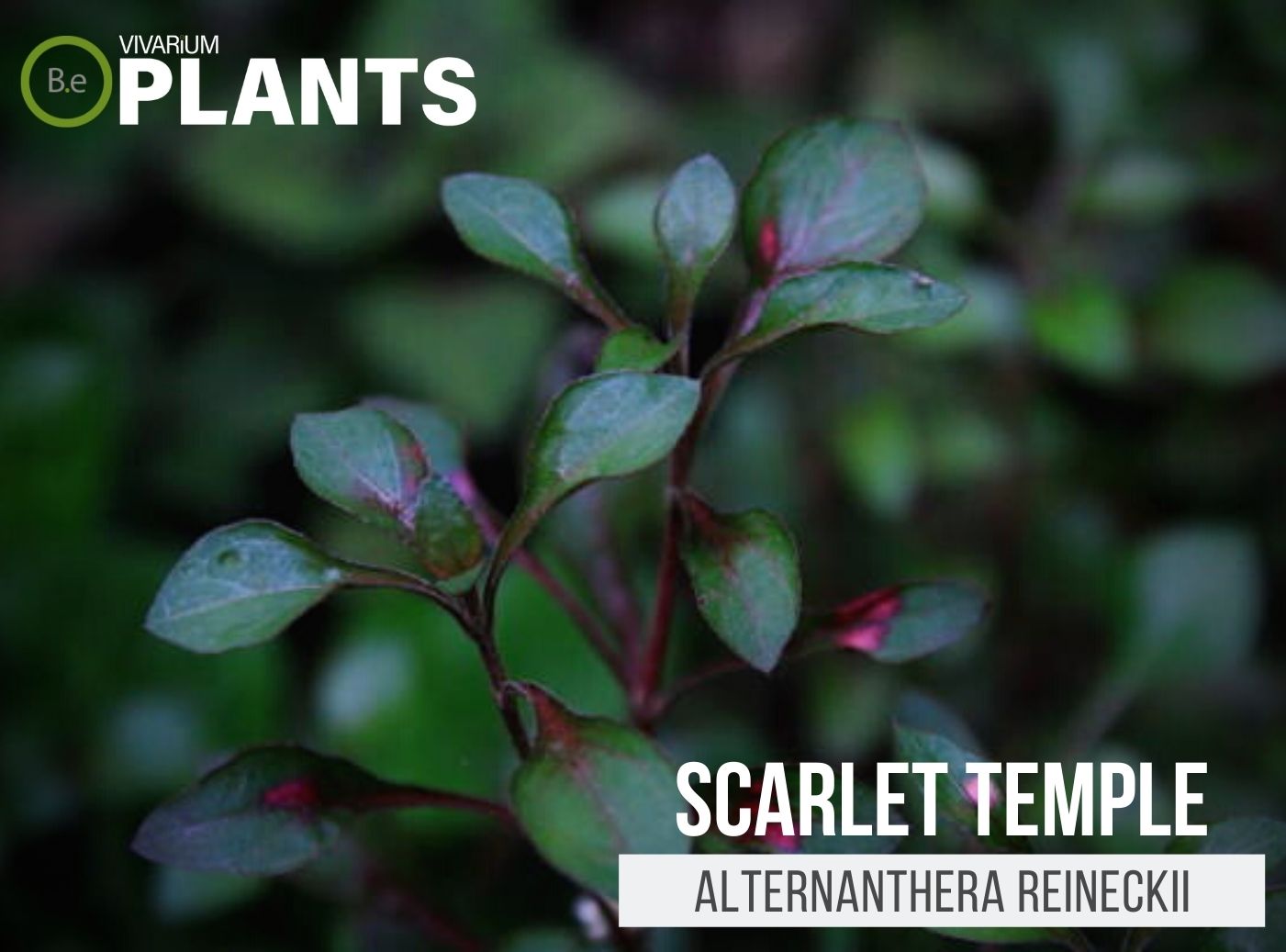Hygrophila polysperma (Dwarf Hygrophila) is an aquatic stem plant that is often found in the wild throughout Southeast Asia.
This easy–going plant is popular with beginner aquarists because of its low-maintenance yet attractive structure.
The undemanding nature of this plant makes it a great selection for tanks of any size. It serves as a great contrast through its brilliant green color and ability to add height and dimension to the tank.
Quick Stats:
Scientific Name: Hygrophila polysperma
Family: Acanthaceae
Common Names: Dwarf Hygrophila, Dwarf Hygro
Habitat: Inundated areas, Hill streams
Height: 2-12 inches
pH Range: 6.0 to 8.0
Temperature: 75°F to 80°F
What Is Dwarf Hygrophila?
Hygrophila polysperma is an attractive and undemanding plant and grows quickly making it a popular choice for any aquascape.
It is known by common names such as Dwarf Hygro or Dwarf Hygrophila.
It is native to India but is found in many heavily irrigated flooded areas throughout Southeast Asia. It is most common in the streams of hills.


Dwarf Hygrophila Facts
Dwarf hygrophila is a very hardy plant that is capable of surviving varied conditions of the aquarium while still continuing to grow.
When the plant is maintained in optimum conditions, it will start sending out side shoots.
The shoots share the same root system and will eventually form a bush.
Not only can it survive in a wide range of temperatures, but it can also sustain both high and low levels of salinity which makes it a great choice for brackish tanks.
Description
Hygrophila polysperma has bright and vibrant green leaves that grow in a pointed oval shape.
The leaf blade is slightly serrated and the edges are slightly curved downward. When the light and nutrient levels are high, the plant tends to grow more compact and can grow to a maximum height of 12 inches.
The leaves have a smooth texture and are attached to slender petioles that branch off of rhizomatic roots.
Habitat
Dwarf hygrophila grows in nutrient–rich, slow–moving water in its native environment.
This aquatic stem plant can thrive in light–shaded areas, but it will perform better when given more lighting.
The optimal temperature range for optimal growth is between 75°F and 80°F, though it can survive in lower and higher temperatures.
pH Preference
The ideal pH levels for dwarf hygrophila are slightly acidic with a range from 6.0 to 8.0.
It is tolerant of slightly broader pH ranges but to keep the leaves vibrant and the fish healthy, it is best to keep the pH levels within the ideal range.
If the pH levels drop too low, the plant will experience signs of stress.
Vivarium Type
The Hygrophila polysperma is quite an easy-going species. With that in mind, it will not be too complicated when it comes to choosing the type of enclosure it is grown in. It is best to try and replicate the plant’s natural habitat as much as possible.
Doing so will make it easier to provide this foliage plant with its basic needs. The proper setup and theme of the enclosure will make a big difference to the overall look and health of the plant. Be sure to choose setups that are moist and high in humidity.
Here are recommended vivariums it will do well in:
-
- Paludariums – Half aquatic/ half terrain-based enclosure.
- Ripariums – Mostly aquatic-based enclosures with some terrain features present.
- Aquariums – Fully aquatic-based enclosure with little to no dry terrain.
Vivarium Placement
Dwarf hygrophila is a versatile plant and can be utilized as a short bushy background plant or as a midground plant to add some dimension and texture to the tank.
This plant can also be floated above the substrate to add some cover for timid fish and fry. As this plant grows, its side shoots will branch out and become quite dense.
The best approach would be to start small and allow it to grow over time.
Substrate
Hygrophila polysperma will happily thrive in just about any type of aquarium substrate, although it performs best in nutrient–rich substrates like mud, clay, and black sand.
When using a nutrient–rich substrate, the plant will benefit from supplemental fertilizers as well to maintain optimal growth.
Lighting
The ideal aquarium lighting setup for dwarf hygrophila is medium to high. It will not do well in low–light conditions and will eventually start melting away.
Additionally, too much light will cause the leaves to become brown and ragged.
Buy Dwarf Hygrophila
When it comes to buying Hygrophila polysperma, there are a few things to keep in mind. Making sure the plant is healthy when purchased is essential for its success in a vivarium or pond. Vegetation that is already in poor conditions will have a very hard time adjusting to new environments.
Click the image below to find out more about the current price and other relative info about this plant.
Dwarf Hygrophila Care & Propagation
For optimal growth, dwarf hygrophila should be pruned regularly.
It produces side shoots from the main stem that can become quite dense over time, so it is important to start trimming when they begin to become too overgrown.
To propagate, simply trim off the side shoots and plant them in the substrate. Hygrophila polysperma is an easy plant to propagate, but it should not be planted too deep.
How to Grow
When given the right conditions, dwarf hygrophila will grow quite quickly, and will require regular trimming.
The best parameters to provide the highest rate of growth are a temperature range between 74°F and 82°F, pH levels between 6.5 and 7.5, and optimal lighting with an emphasis on the blue range of the spectrum.
Additionally, as a heavy feeder, it will need consistent fertilizers such as liquid or capsules.
Water Requirements
Hygrophila polysperma does not need a lot of water, however, regular water changes are still recommended for it to thrive.
Frequent partial water changes will help keep the water clean and helping to replenish the nutrients and minerals this plant needs to grow.
Plants Similar To Dwarf Hygrophila
Adding diversity to an enclosure is key to an aesthetically pleasing setup. Try mixing up the look of your vivarium with different flora that can easily co-exist in the same types of environment.
Furthermore, if for some reason you find the Dwarf Hygrophilia hard to acquire or would like to consider something similar to this aquarium plant… Here are other stem plants you might find will do well with or in place of Hygrophila polysperma:
Conclusion
Dwarf hygrophila is an easy–to–manage aquatic stem plant that can be used to bring life and texture to any aquascape.
It can withstand different temperatures and pH levels, making it a versatile and hardy choice for tanks of any size.
With proper care and pruning, this plant can be a great addition to any tank and will bring a unique look and feel to the aquarium.
Frequently Asked Questions
Hygrophila polysperma can be cared for by planting it in a rich, substrate and providing a medium amount of light. It can be propagated by trimming branches and replanting the cuttings. The optimal temperature range should be kept between 75–80°F. Water should be kept soft and slightly acidic, with a pH level around 7.0. Hygrophila polysperma benefits from regular fertilizer and CO2 injections, as well as trimming of dead leaves and plant matter.
Yes, Hygrophila polysperma is a fast–growing aquatic plant.
No, Hygrophila plants do not need CO2 to thrive in an aquarium. They are able to obtain the necessary nutrients they need from organically decaying matter in the tank without the need for additional carbon dioxide.
Yes, hygrophila can grow in low light conditions. It can tolerate a wide range of lighting levels and is sometimes known as an “easy“ plant for beginners to grow. When lighting levels are low, hygrophila may grow more slowly but can still develop vibrant colors.
Yes, Hygrophila can be planted in substrate. Substrate provides Hygrophila plants with nutrients and helps to anchor the roots in place.




